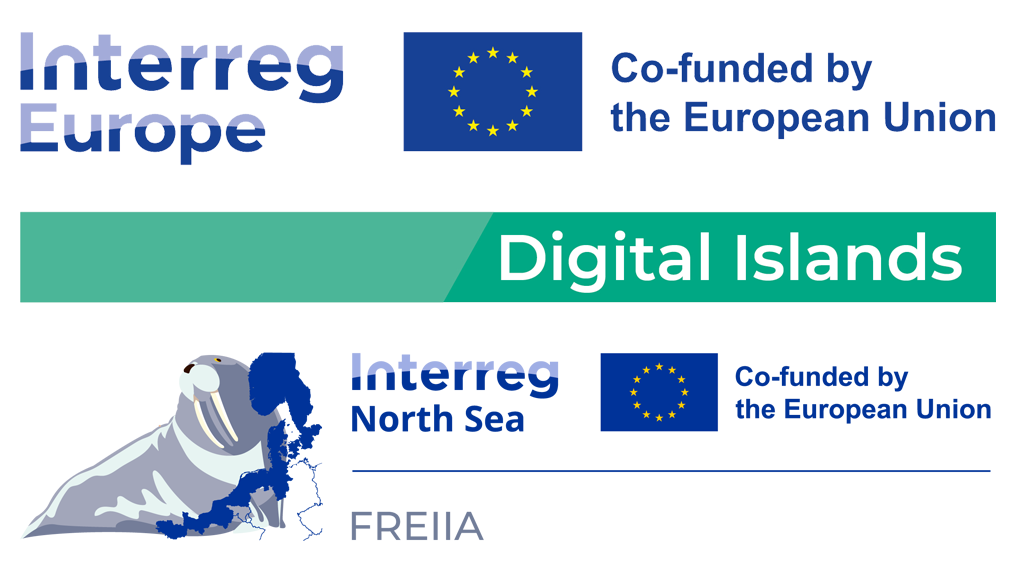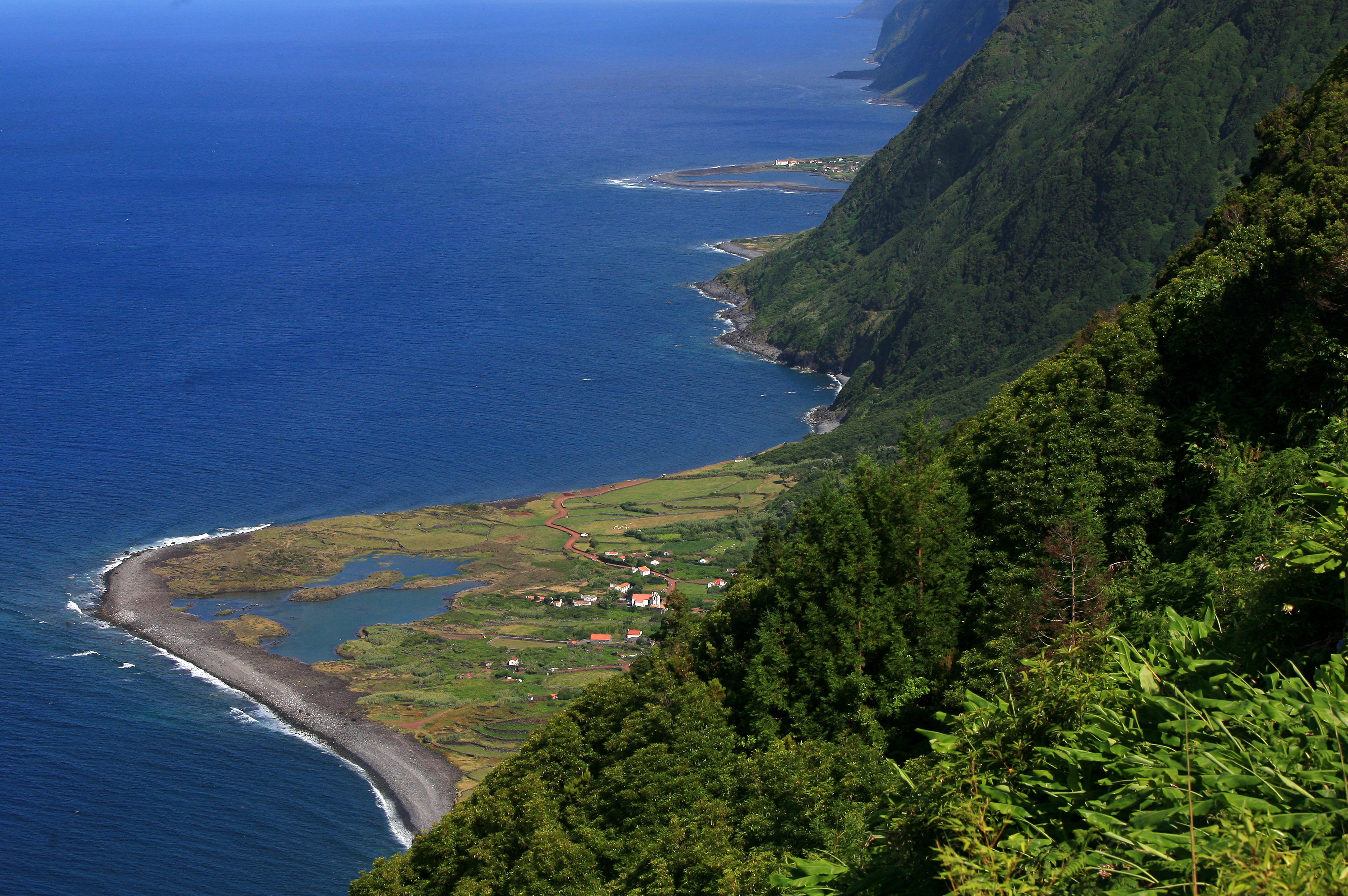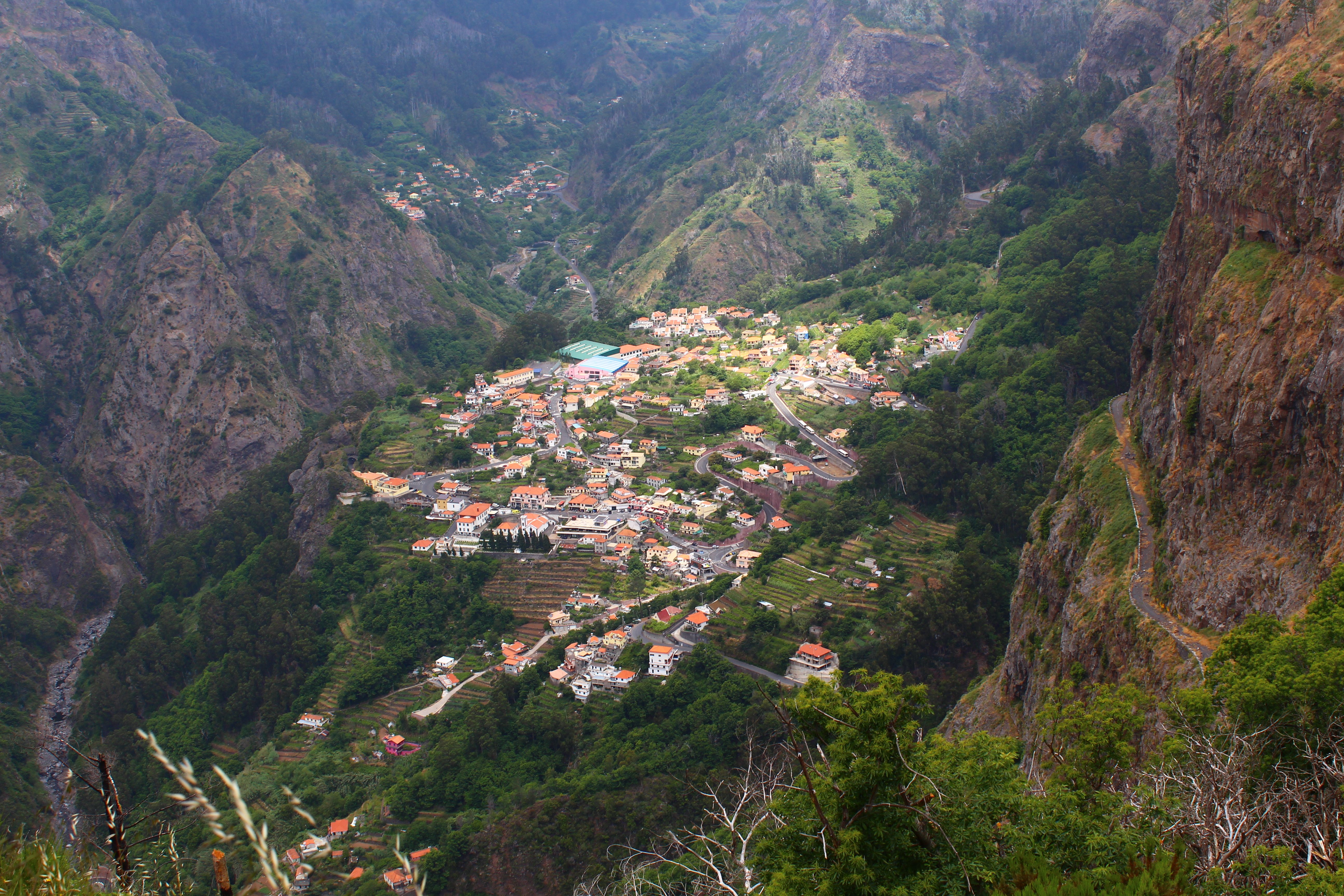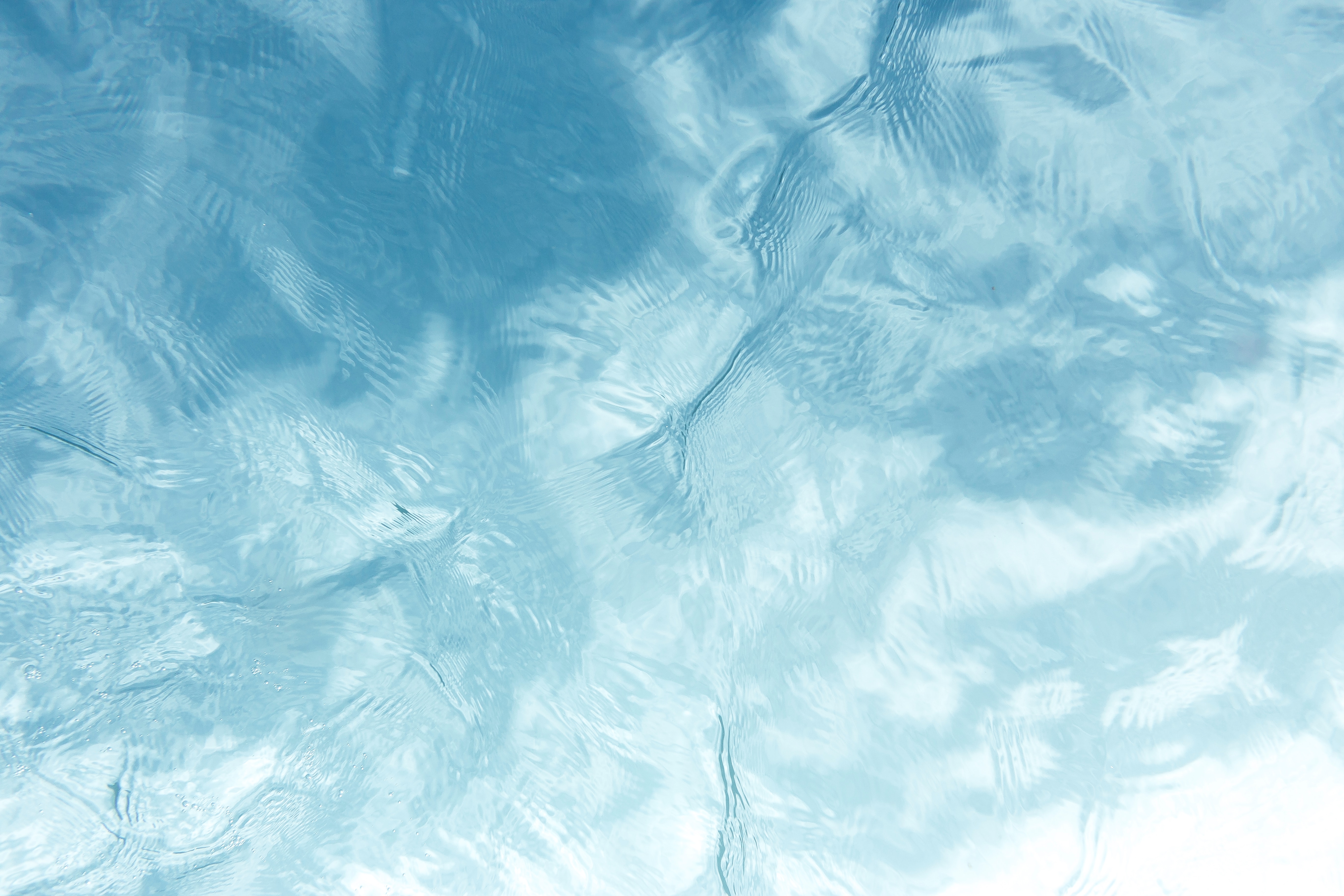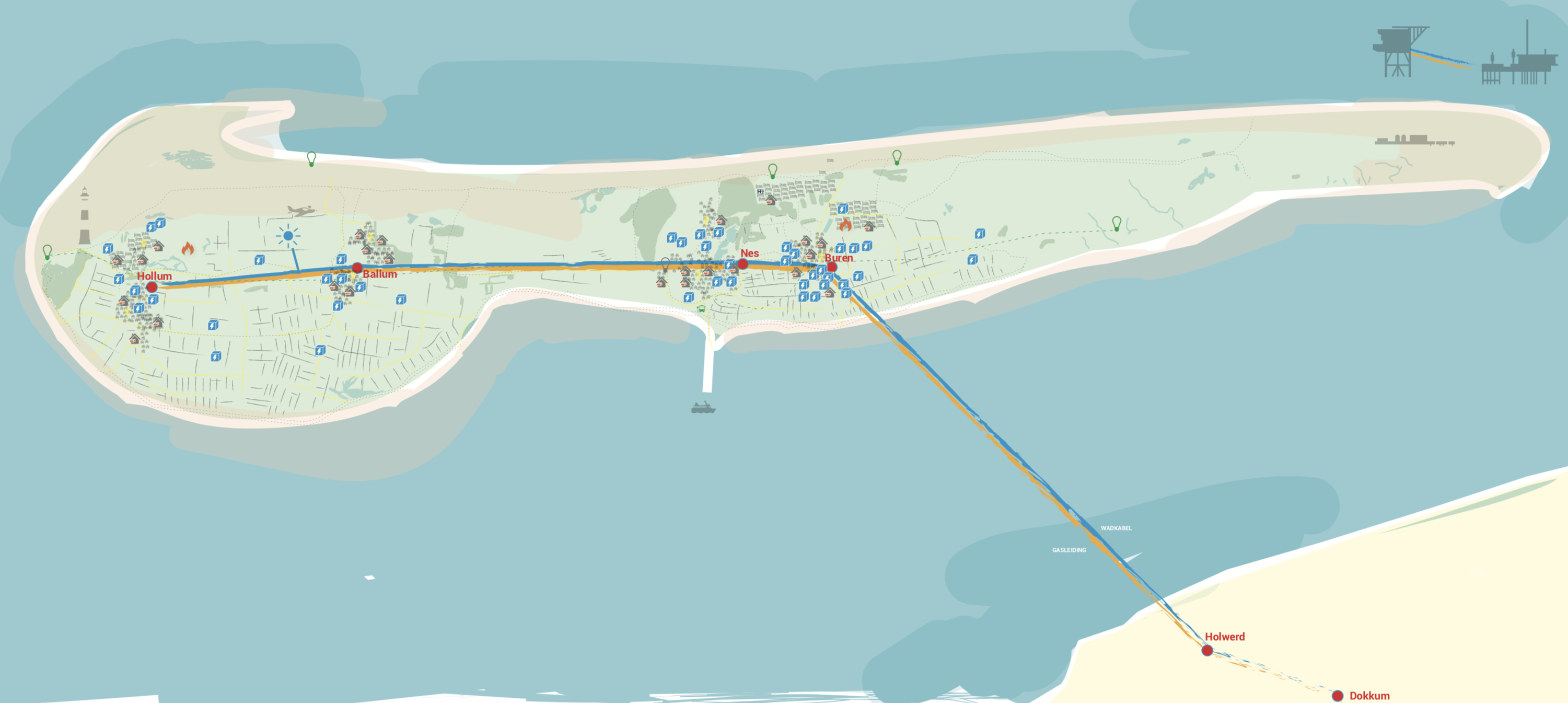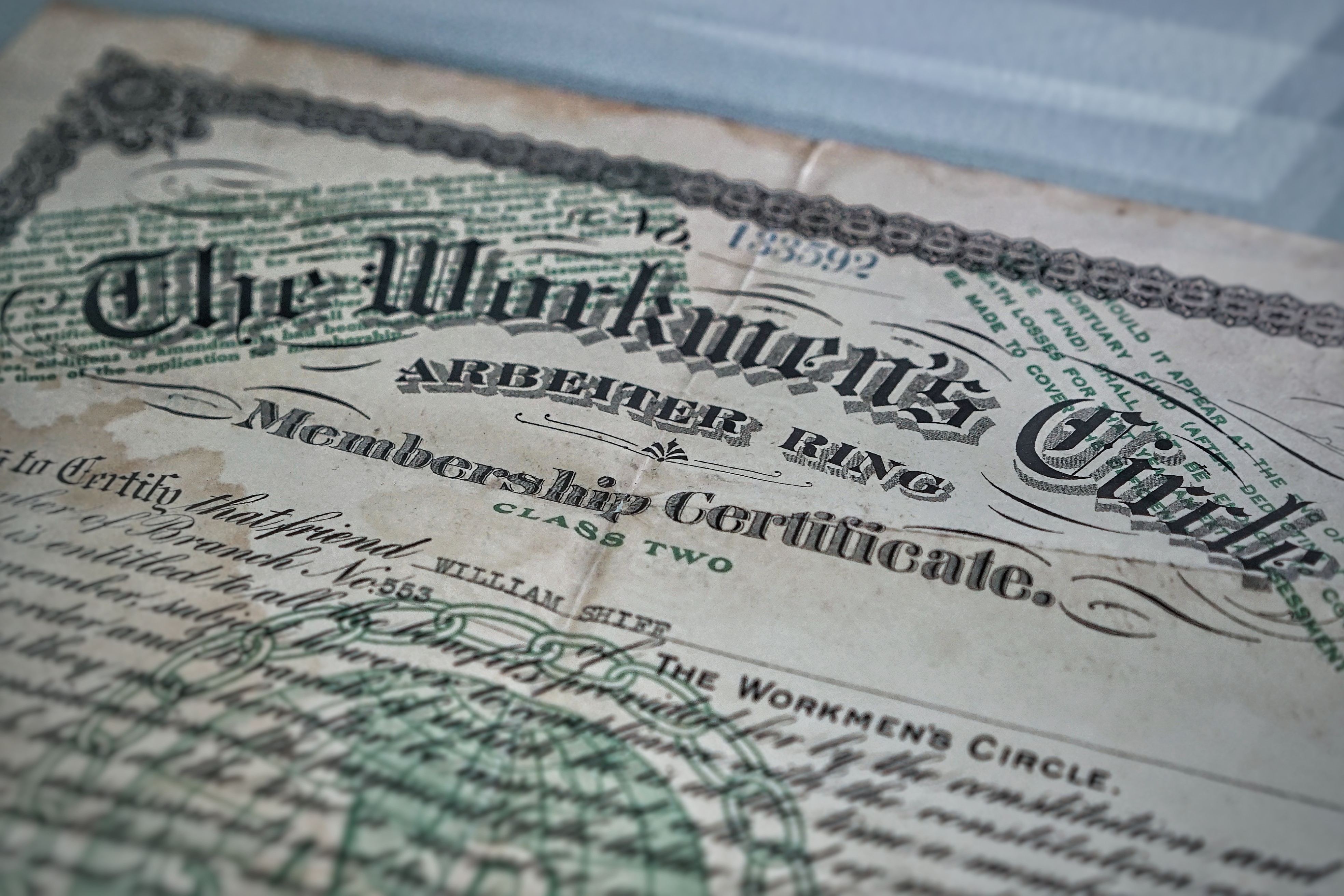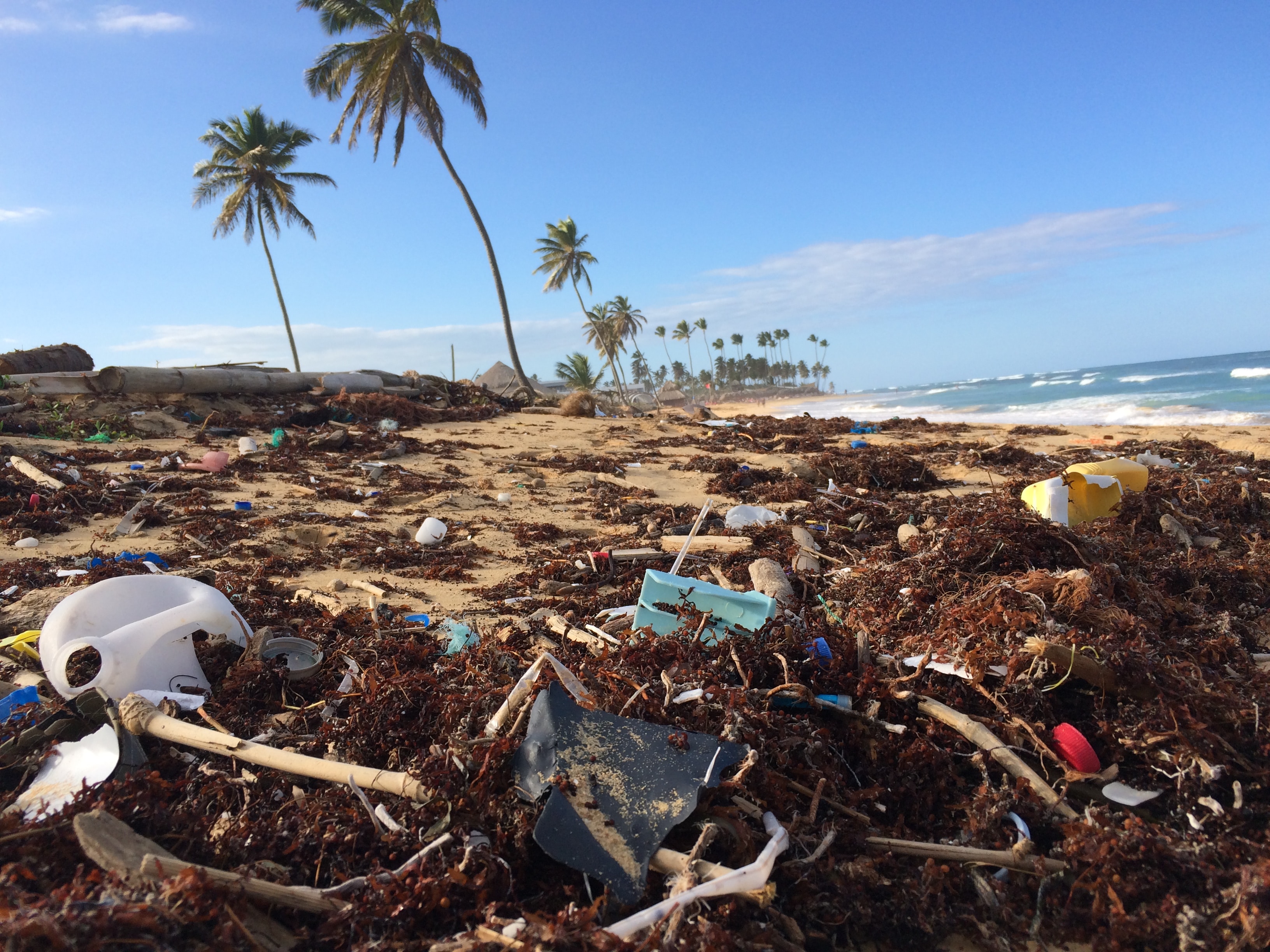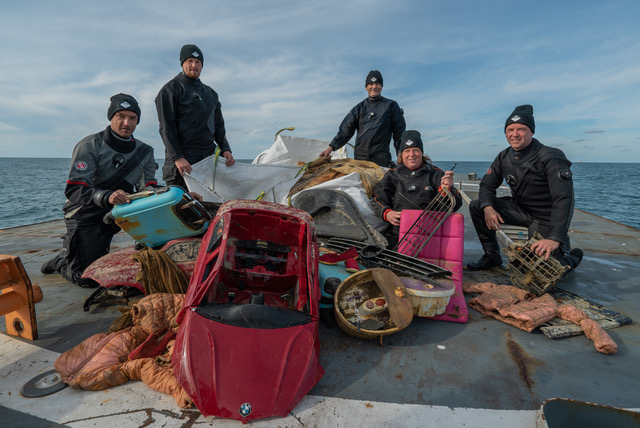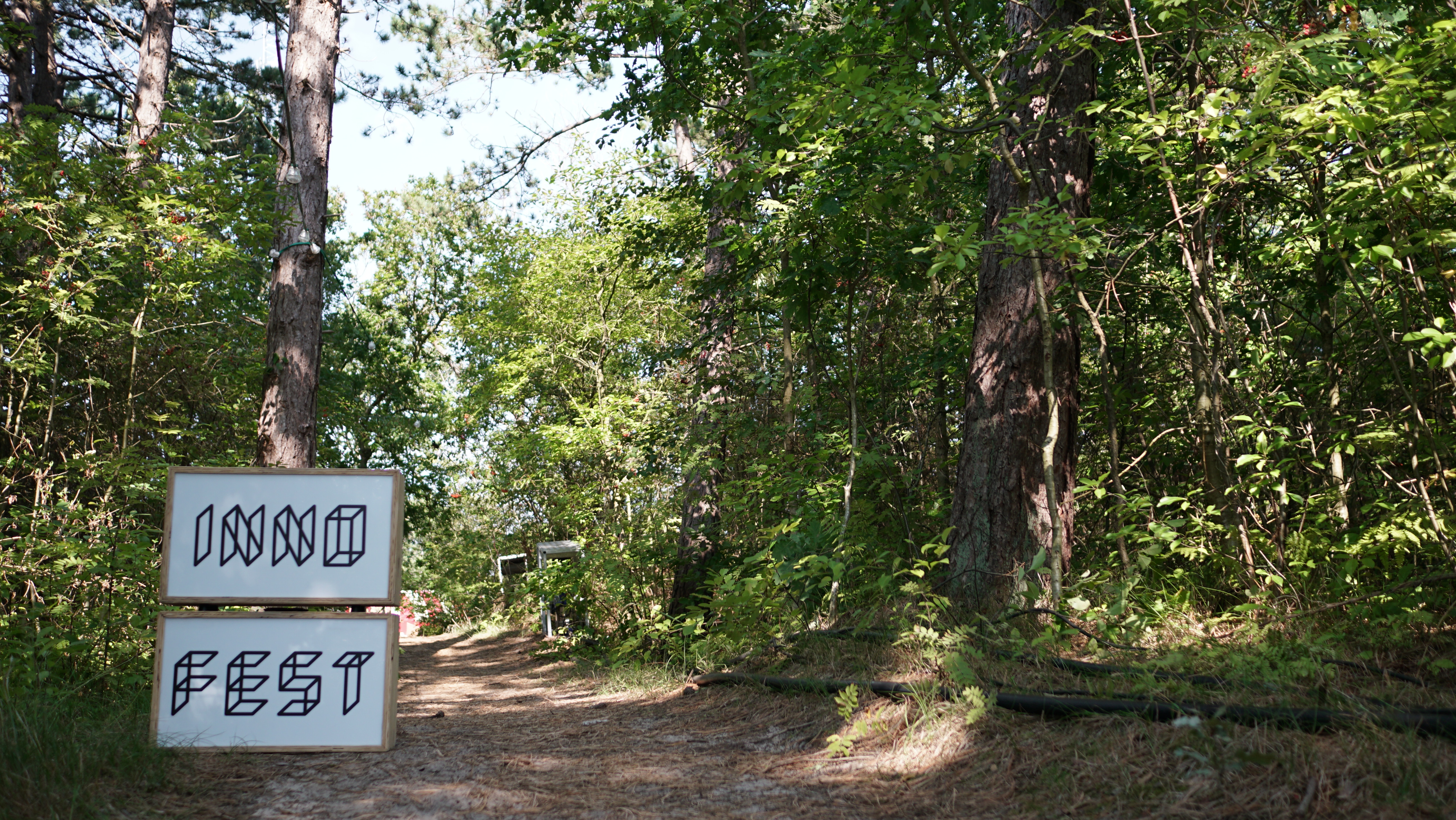In the ‘Guide for Action Plan Preparation for Islands of Innovation’ different steps have been indicated to develop an innovation action plan as a program. Look for the action plan on interregeurpe.eu/islandsofinnovation
Action Plan for the Province of Fryslân (NL)
(Outline version d.d. September 2019)
In Fryslan this has resulted in the following policy process and preliminary action plan:
Policy Instrument:
OP Noord –Operational Programme North-Netherlands / Northern Innovation Agenda 2014-2020
Policy Context:
OP Noord promotes innovation and entrepreneurship in the context of societal challenges like climate change, health, food security, water, energy. It stimulates participative innovation and living labs to establish the region as a test bed for innovation. Through the Islands of Innovation project, the province of Fryslân wants to position the Frisian Wadden islands as living labs for sustainable innovation, building on their specific characteristics as isolated, self-supporting natural communities. The islands arelocated on the northern coast of The Netherlands in a vulnerable intertidal zone listed as UNESCO World Heritage List. The small island communities are facing population decline and brain drain, poor accessibility, limited health and education services and strong dependency on tourism. There’s a lack of policy initiative to capitalise on the potential strengths of these islands as self-supporting, independent and creative communities with unique craftmanship and skills in a great natural environment. We propose a cross- sectoral, creative approach to utilise these strengths in a structural way. By approaching whole island communities as a living lab and bringing together entrepreneurs and other stakeholders in innovation projects we aim to boost economic development for the islands.
Policy Learning Process:
The international learning sessions, study visits, good practice exchanges and joint analysis work in Islands of Innovation have all contributed to the development of the regional action plan for Fryslân. This policy learning has been an organic, iterative process. Rather than identifying good practices that can be introduced to our region on a 1-to-1 basis, we have taken bits and pieces of inspiration from every encounter in the project.
THE ACTION PLAN
Based on the needs and opportunities of the islands and the inspiration from the partners, we will implement three actions:
1. The Matrix Table
A seed-money facility (€ 300.000) to accelerate new projects for OP Noord. This facility hasbeen introduced at the initiative of the province and will be further refined in the comingyears (type of change to policy instrument: improved governance).
2. Vliehouse
Pilot project to demonstrate the technical feasibility of making temporary, movable housing units using bio-based materials and local resources on the islands (seaweed, sand, grass) in cooperation between local stakeholders. The project will be delivered withfinancial support from OP Noord. (type of change to policy instrument: new projects)
3. Mission-based Regional Development Approach
Introducing a mission-based approach in cooperation with the Managing Authority of the OP Noord. This will improve implementation of the current OP and inform the strategy of the new OP 2021-2027 (type of change to policy instrument: structural/strategy improvement).
Source: Popma, T. & Tijsma, S. Team Europe, 2019

Example of strategy 8C:
Action Program Design
Obviously, the innovation policy of islands has its normal standard requirements like proper resources (personnel, means, etc.), planning, and projects. However, instead of the initiation and execution of various more or less loose projects, TIPPING considers a programmatic approach essential, building a systematic knowledge position and -as local or regional government- helping to strengthen the regional innovation eco-infrastructure. In such a program, series of projects are well designed as systematic knowledge building blocks, allowingimprovisation and flexibility, while planning takes place via an active system of “reflective practice.”
